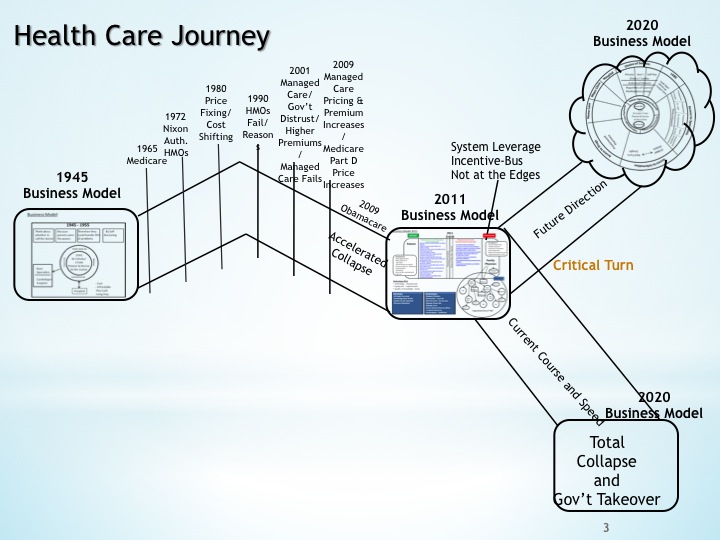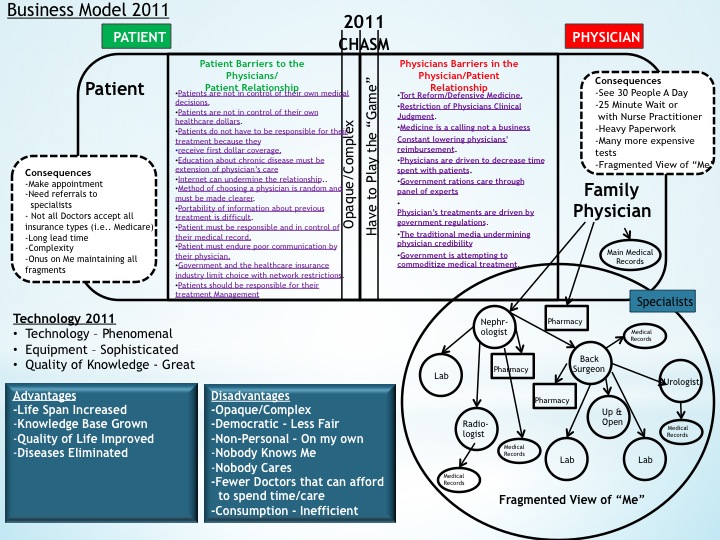The Healthcare Insurance Industry Abandons Selling The Individual Insurance Policies In Health Insurance Exchanges
Stanley Feld M.D.,FACP,MACE
http://youtu.be/Kyv8ZRkXnfU?t=58s
President Obama is on the campaign trail. He is selling the
virtues of Obamacare to the young uninsured.
He wants the healthy young to buy the health insurance exchange
insurance policies in order to pay for the sick. He wants to prevent
Obamacare’s failure.
His speeches are political. They have little substance and are
loaded with disinformation and hyperbole.
The campaign is a political ploy to blame the Republican Party
for Obamacare’s impending failure.
Last week Harry Reid said he has to increase taxes by another
trillion dollars. This increase will make the economy worse, not better.
When is the public going to learn that socialism doesn’t work?
Taxing and spending does not improve economic growth. Socialism and increased
taxes stifle innovation and productivity.
I think it is time for a
couple of Ayn Rand’s truisms as they apply to Obamacare. Men pursue their
vested interests. They resist being forced to follow orders that contradict
their vested interests. The key in any system success is to align all the
stakeholders’ vested interests. Obamacare does not achieve this goal.
Where
there's service, there is someone being served. The man who speaks to you of
sacrifice is speaking of slaves and masters, and intends to be the master.
America is going through a period of
time where it is evident that something is wrong. Americans and the traditional media are keeping
our eyes wide closed.
“The hardest thing to
explain is the glaringly evident which everybody had decided not to see.”
Peggy Noonan said it in a paragraph
in this weekend's blog.
"One irony here
is that the Obama White House, always keen to increase the reach and power of
government, also seems profoundly disinterested in good governing. It is
strange. The long-term project of liberalism involves encouraging the idea of
faith in government as a bringer or guarantor of greater justice. But who needs
more government if government works so very badly, and is in its operations
unjust?"
"This White
House is careless with the reputation of government. They are a campaigning
organization, not a governing one."
Ayn
Rand goes on to say,
“You
can avoid reality, but you cannot avoid the consequences of avoiding reality.”
― Ayn
Rand
A problem occurs when
constituents finally realize government is not defending its vested interests.
Change is demanded.
Americans are finally
waking up.
We have seen this phenomenon
in my last two articles when I wrote that unions and hospitals finally realized
that Obamacare does not serve their vested interests.
This is also the reason
Aetna decided to not sell healthcare insurance policies in the California’s
health insurance exchange.
“Aetna Inc. will stop selling
health insurance to individual consumers in California at the end of the year,
withdrawing as the federal health law is expected to reshape the market in
2014.”
Aetna did not comment on
the reasons it is dropping out of the individual market in California.
“A company spokeswoman declined
to comment about the reasons for Aetna's individual-business withdrawal.”
The dominos are starting
to fall as more healthcare insurers realize what is going on.
“Aetna isn't one of the 13
insurers participating in the California state's new consumer insurance
marketplace set to launch this fall under the federal law.”
“Like several other major
national carriers, it has said it would join only a limited number of these
exchanges. A carrier can still offer consumer plans without being in the
exchange.”
President Obama and other supporters argue that the health
insurance exchange is a success because it is encouraging competition and
pushing down prices. It is not true.
“Insurance-industry experts say
similar moves by other carriers in other states may emerge in coming months, as
companies with limited market share decide to avoid the uncertainty tied to the
law's changes.”
The Obama administration’s concept of competition and price
reduction is tenuous. President Obama and other CMS official keep saying that
healthcare insurance prices will decrease.
The healthcare insurance industry originally calculated it would
make a killing by selling insurance through the healthcare insurance exchanges.
As the rules and regulations for health insurance exchanges are
slowly rolled out by the administration is it clear to the health insurance
industry they could get killed by selling insurance in the health insurance
exchanges.
The addition of a 3.5% tax on each policy sold is enough for the
insurance industry to realize the health insurance exchanges will cause them to
lose money.
These surprises do not serve the vested interests of the
healthcare insurance industry.
The Obama administration keeps announcing that health insurance
exchanges are decreasing healthcare premiums.
The public and businesses are experiencing double-digit
increases in healthcare insurance premiums since Obamacare was passed.
The reason is clear. The increases are the result of all the additional
benefits President Obama brags about in his public relations campaign.
Obamacare contains community ratings for pre existing illness
and parental insurance for young adults under twenty-six.
These are important policies. The problem is it leads to an
increase in premiums for everyone.
Healthcare premiums have already increased 20- 30% since the
passage of Obamacare. BlueCross Blue Shield of Tennessee just announced,
“BlueCross BlueShield exec warns of
health care cost ‘explosion.’
A healthcare Insurance CE0 told a business group at the Nashville Area Chamber
of Commerce that health care reform will cause “a lot of disruption in the
marketplace.”
The premium hikes will
be needed to offset new taxes on insurance payers such as his, he said.
“We are getting
ready to have a health care cost explosion,”
“Details on the plans being offered on the exchanges, including
affordability, aren't yet known, but John
Maki, vice president of regional sales at BlueCross
BlueShield of Tennessee, said the company is looking at
offering traditional PPO plans, HSA-compatible plans and several other
"unique plan designs."
Only two commercial carriers have
applied to sell health insurance on Tennessee's new federally run insurance
exchange. They do not know if their submissions will be accepted. The deadline
for submission by other companies has passed.
Meanwhile, a New York Times editorial is conditioning Obamacare
fans as to who is to blame for the failure of the health insurance exchanges. The
Times is putting the blame squarely on the shoulders of the Republican Party.
“To their shame and discredit, Republicans are trying to block
efforts to inform people about the law and are using scare tactics to keep them
from enrolling.”
This is a typical Obama
administration tactic to blame the other guy for the impending failure of its
policy.
Obamacare is failing under
its own weight and the administration’s inability to implement the law.
The New York Times goes on,
“The Republican mantra is that the nation will face economic and
medical catastrophe — a “train wreck,” they say — unless health care reform is
stopped in its tracks.”
Obamacare is a train wreck. Max
Baucus Senator Democrat from Montana and author of Obamacare and head of the
finance committee said it.
“Top officials in Ohio
and Indiana who oppose the law have issued dire, misleading forecasts — roundly
debunked by analysts — that the law will raise premiums to astronomical levels.”
“roundly debunked by analysts” This is not true. The Obama
administration’s analysis is biased and selective. By stating the analysis as a
fact the New York Times’ editorial board is expressing their bias without facts.
The New
York Times is once again acting as a shill for the Obama administration. The New York Times is misleading the public.
Obamacare
is a bad law. It does not align any of the stakeholders’ vested interests. All the stakeholders are starting to realize it.
The opinions expressed in the blog “Repairing The Healthcare System” are, mine and mine alone
Please have a friend subscribe

